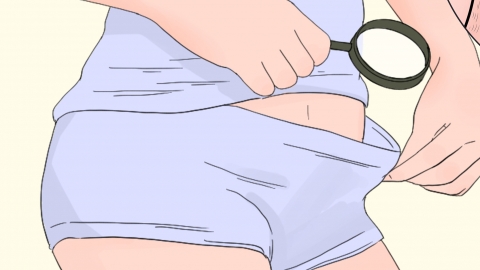Can I wash my genital area during menstruation?
Under normal circumstances, "below" refers to the perineal area. It is acceptable to clean the external genitalia during menstruation, but proper techniques must be followed; otherwise, it may have adverse effects. Detailed explanations are as follows:

Blood, sweat, and sebum can mix during menstruation, increasing local moisture and accelerating bacterial growth. Moderate cleansing helps reduce the risk of infection; however, improper methods may disrupt the naturally weakly acidic protective barrier, leading to itching or inflammation. It is recommended to use a gentle stream of warm water at 38–40 °C for showering one to two times daily. Use a female-specific cleanser with a pH of 4.5–5.5, and avoid regular soap or alkaline body washes. When rinsing, always move from front to back, gently separate folds with one hand, thoroughly rinse, then pat dry with a clean cotton towel—never rub back and forth. Importantly, the vagina is self-cleansing; douching is never necessary under any circumstance.
During menstruation, the cervical os is slightly open. Sitting baths, tub bathing, or swimming may allow pathogens to travel upward into the uterine cavity and should be strictly avoided. Cold water may trigger vasoconstriction and worsen menstrual cramps, so it is also not recommended. Always wash hands before changing sanitary products, and replace tampons or sanitary pads every 2–3 hours. If noticeable itching, burning pain, or abnormal discharge in color or odor occurs, discontinue using cleansers immediately and seek medical advice.
Wear breathable cotton underwear daily and change them regularly; avoid tight pants that trap heat and moisture. Drink plenty of warm water and consume iron-rich foods such as animal liver and dark green vegetables. Seek medical attention promptly if experiencing severe dysmenorrhea or sudden changes in menstrual flow.






